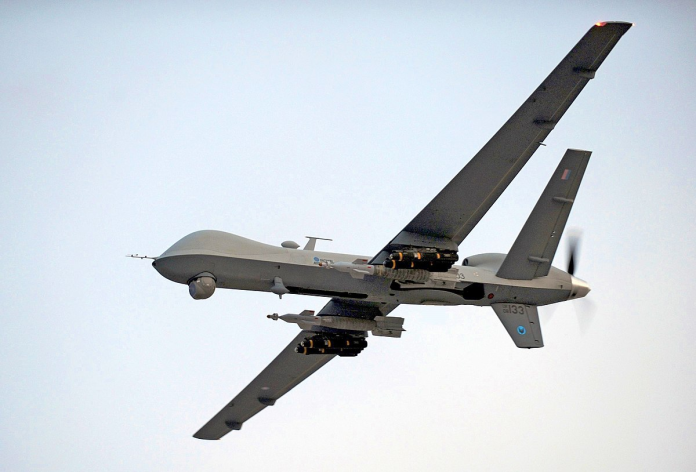
Can two light aircraft make a difference against a nation’s long-range strike campaign? For Ukraine’s Security Service, the question was clear and given a decisive answer. In a daring raid deep in occupied territory, Ukrainian special forces took out two Russian planes adapted to intercept unmanned aerial vehicles in an attempt to dismantle an emerging airborne counter-drone network.
The strike served more to underline the growing contest between offensive drone operations and improvised defensive measures other words, the technological arms race across the skies of Ukraine and Russia-than it did as a tactical victory. Innovation is happening at speed from both sides, including low-cost interceptors and long-range loitering munitions, but Ukraine’s latest action underlined how precision strikes on critical nodes can tilt that balance.
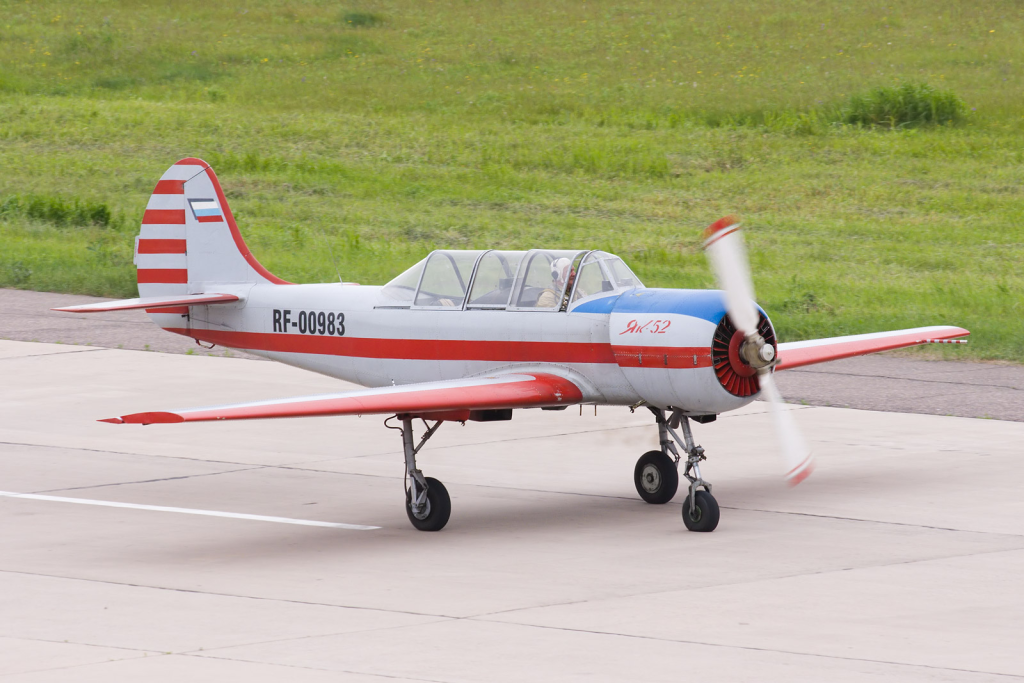
1. Precision Operation of the SBU
On October 21, the SBU’s Centre for Special Operations “A” destroyed two Russian light aircraft stationed at airfields in occupied Zaporizhzhia Oblast. Reportedly modified Yak-52 and Cessna models, these planes had been specially fitted to hunt Ukrainian long-range drones. The mission was described as “clearing the way for unhindered deep strikes,” enabling long-range UAVs to reach into the Russian rear without air intercepts.
The operation came weeks after earlier footage from Russian state media showed the location of a drone-hunting airfield near Pryazovske. Analysts geolocated the site using runway patterns visible in the broadcast, illustrating how open-source intelligence can compromise high-value targets.
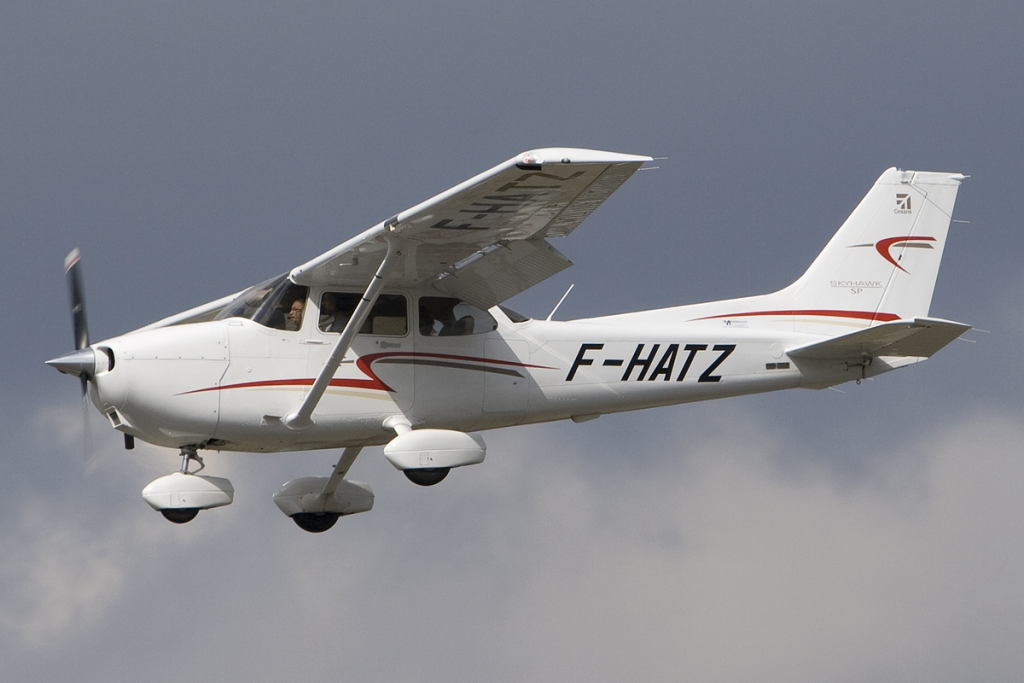
2. Improvised Airborne Interceptors of Russia
The Russians have been converting civilian Cessna 172 and Yak-52s into counter-drone patrol planes. Modifications include PKT machine guns slung under the fuselage and optical targeting systems in the cockpit. Crewed by a pilot and a targeting operator, they’re intended to engage slow, low-flying drones over sparsely populated areas as a way to reduce collateral damage.
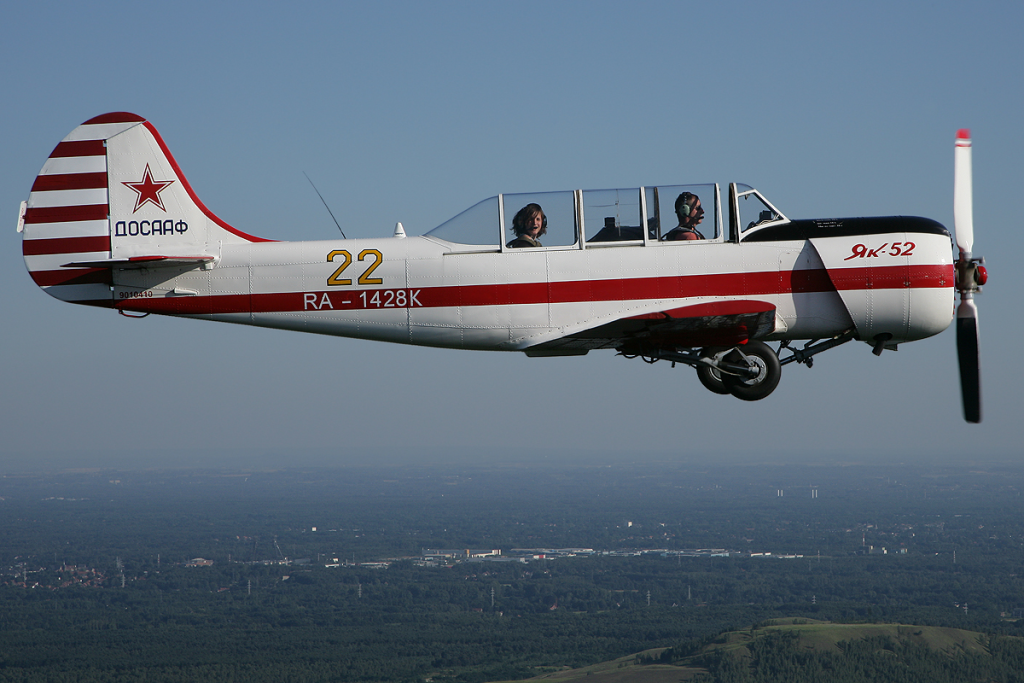
While agile and cheap compared to military jets, such aircraft reflect a strain on Russia’s conventional air defence network. Intercepting small UAVs with surface-to-air missiles is expensive, and Moscow has experimented with a variety of low-cost aerial solutions. But their overall effectiveness, especially in scenarios with swarming or high-speed drones, may not be great, independent analysts say.
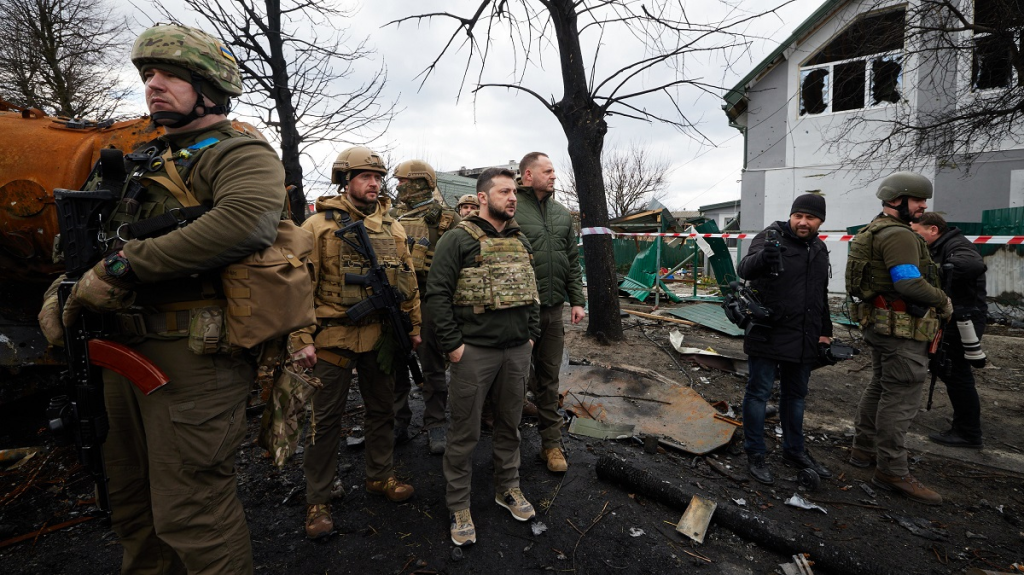
3. The Strategic Value of Disabling Interceptors
By taking out these modified aircraft, Ukraine decreases the density of Russian patrols over key approach corridors. It raises survivability for long-range strike drones, yet forces Russia to rely even more on its stretched-thin ground-based systems that have been saturated with drones.
The SBU strike thus reflects a broader Ukrainian approach: It is generally more effective to target the enablers rather than the interceptors themselves. Disabling patrol aircraft erodes coordination between air- and ground-based forces, leading to exploitable seams in coverage.
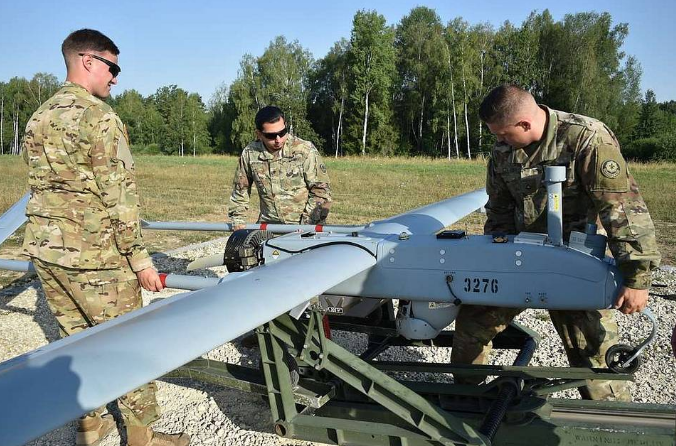
4. Ukraine’s Long-Range Drone Campaign Expands
Ukrainian forces have progressively extended the reach and payload of their strike UAVs, with some models claimed to reach 3,000 kilometers. These have struck oil refineries, gas processing plants, and military-industrial facilities deep inside Russia. Recent examples include attacks on the 45 billion cubic meter-a-year Orenburg gas plant and the Novokuibyshevsk refinery, forcing temporary shutdowns.
President Volodymyr Zelensky has termed such strikes “the most effective sanctions,” aimed at degrading Moscow’s capacity for warfighting by targeting its energy infrastructure.

5. Russia’s Counter-Drone Network Under Pressure
The defensive posture adopted by Moscow depends on a mix of ground-based SAM systems, electronic warfare units, and increasingly, unconventional measures such as airborne interceptors. Increased Shahed-type drone attacks from Ukraine have forced Russia to disperse defences further over large areas – which tends to dissipate the effectiveness of these assets.
Targeting Ukraine’s interceptors is part of the broader campaign to overload and fragment this network. Each lost platforma missile battery or a modified patrol plane degrades Russia’s capacity for rapid reaction against incoming UAVs.

6. Lessons from the Drone Arms Race
Both sides are adapting at an unprecedented speed: Russia has scaled production of Shahed-derived Geran drones into the hundreds per week, while Ukraine has fielded mothership UAVs capable of releasing swarms of FPV drones over enemy positions. The improvisation of civilian aircraft for combat roles speaks to how the conflict is driving low-cost, high-ingenuity solutions. And yet such adaptations entail vulnerabilities, too: improvised systems often lack the survivability of purpose-built platforms and are vulnerable to targeted strikes, such as the recent SBU operation.
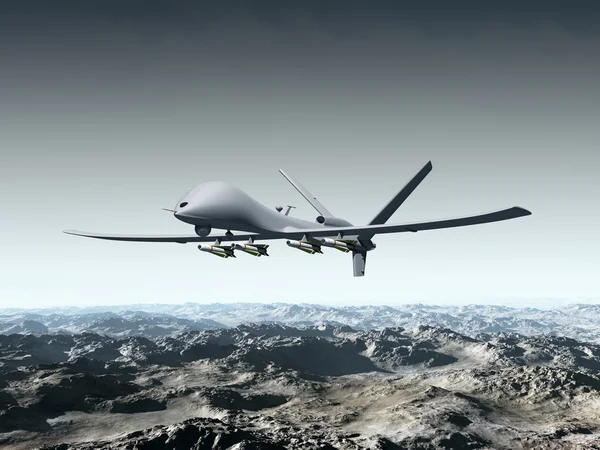
7. Implications for Future Air Defense
Competition between Ukraine’s long-range strike drones and Russia’s improvised interceptors offers a look into how future conflicts may be fought, with volume and adaptability beginning to count for more than individual platform sophistication. Disabling airborne interceptors serves current operations and informs doctrine on countering distributed, low-cost air defence assets. The lesson for defence planners is clear: in contested airspace, survivability requires disrupting an opponent’s detection and interception ecosystem, not just defeating individual threats.

The destruction of Russia’s drone-hunting aircraft was a small but telling episode in the wider struggle for control of the air domain. It reflects a conflict where innovation is constant, improvisation is essential, and striking at the enablers of enemy defences can yield outsized strategic effects. As Ukraine and Russia continue to refine their drone warfare tactics, each engagement offers new insight into the evolving playbook of modern aerial combat.
